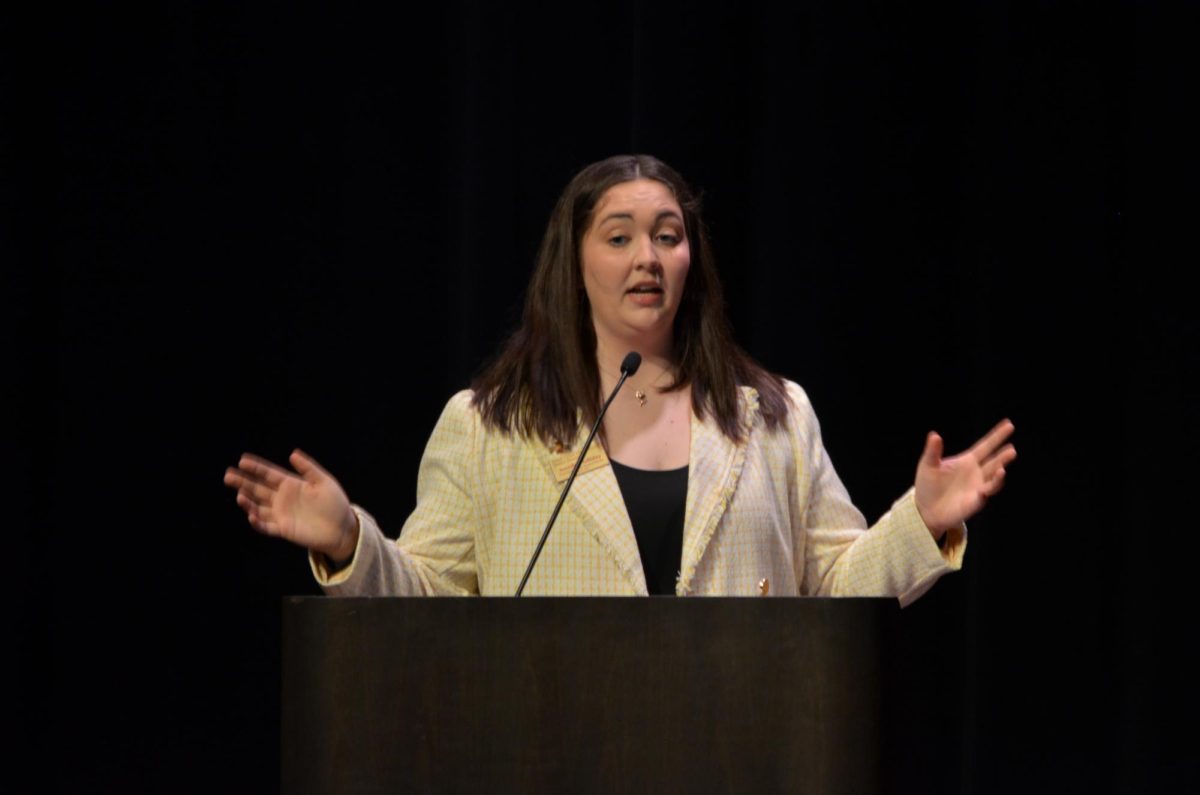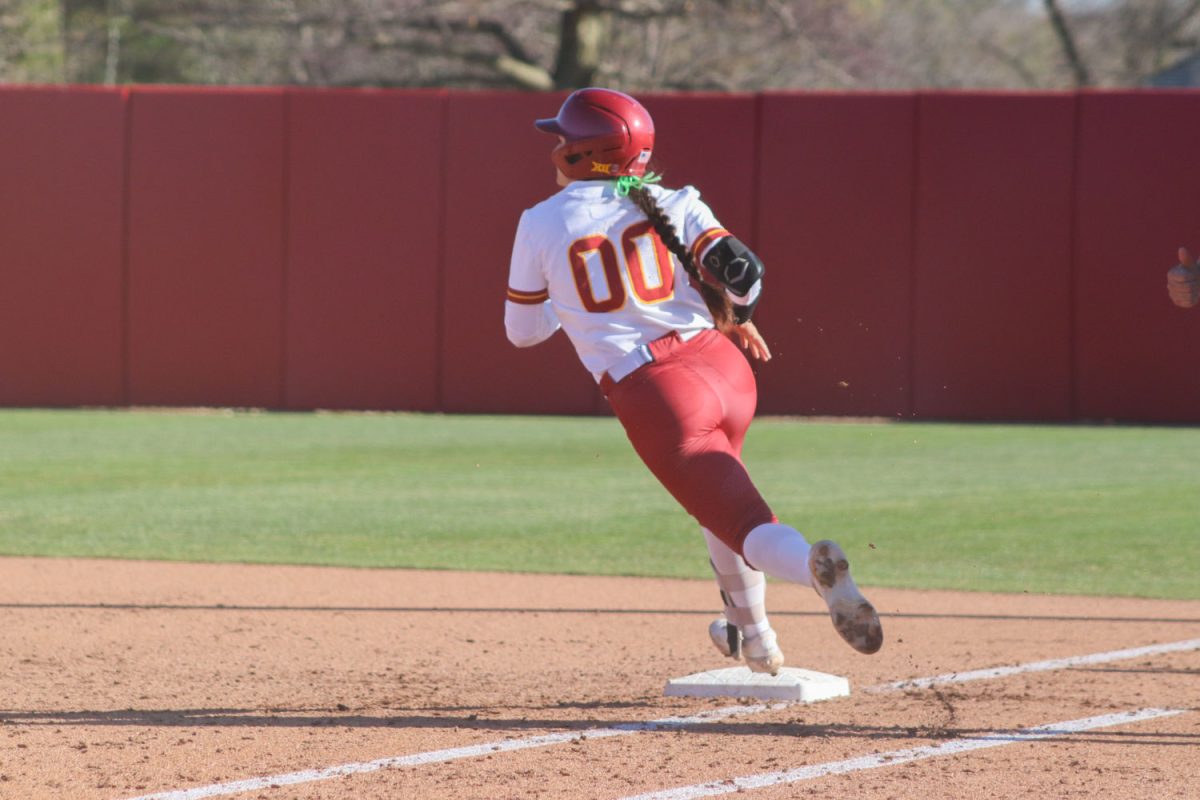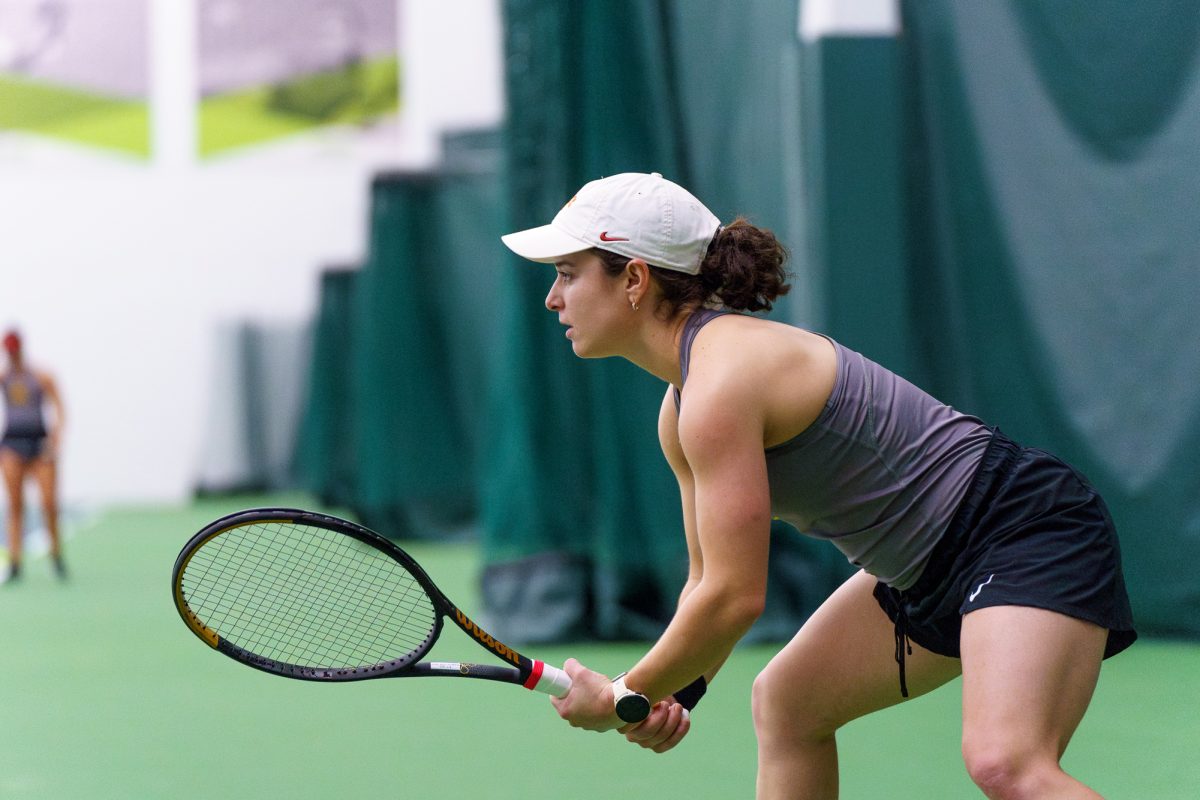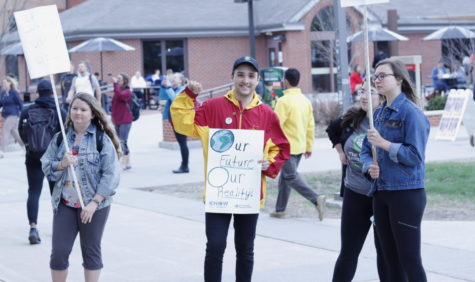Automotive engineers prepare for international competition
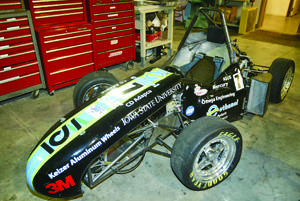
Automotive engineers prepare for international competition
November 11, 2008
The ISU Formula Society of Automotive Engineers’ team hopes spending nearly every weekend in the shop to work on its car will pay off in this year’s competition.
The team designs, builds, tests and races a Formula One style race car each year for the Formula Society of Automotive Engineers event.
This year’s competition will be held at the Michigan International Speedway in mid-May.
Teams come from all over the world — Iowa State’s team is the only one from Iowa.
James Rasmussen, junior in mechanical engineering, has been involved with the team since his freshman year.
Rasmussen spends around four to five days a week in the shop working on the car.
“I’m here every Friday night and all day and night Saturday,” Rasmussen said.
First, the team determines what it needs to change and fix from the old car. They use a computer program to design all parts of the car and then fabricate them.
Approximately 40 people are on the team, who are then split up into smaller teams to work on one specific area.
Some examples of these smaller groups include the chassis, suspension, engine and
composites.
“We’re always looking for new people in any major,” Rasmussen said.
He said the team is especially looking for more business majors to help write the reports.
Along with the team members, they have many sponsors, including the Iowa Energy Center and machine shops.
The raw materials cost $14,000 to $15,000 alone. The car itself is worth more than $100,000, Rasmussen said.
Members said building the car is a fun activity to be a part of.
“This is an awesome hands-on experience that you can’t get anywhere else,” said Brandon Hawver, junior in mechanical engineering and Formula SAE composites team leader.
The team thought it would do well last year, but the results turned out differently.
“We had huge engine problems last year, which we just figured out how to fix,” Hawver said.
Since the team is in the building process right now, Hawver and Rasmussen are feeling confident about this year’s competition.
“This year, we are shooting for 100 pounds lighter with the same amount of power,”
Rasmussen said. “We’re hoping to do a lot better this year.”
The team’s best finish is seventh out of 120 schools, which was three competitions ago.
Some of their biggest competitors are the University of Western Australia and RMIT University, also from Australia.
Rasmussen’s favorite part of all is the fabrication process — “physically building the car,” as he calls it.
“We build everything ourselves, except for the engine and some smaller parts,” Rasmussen said.
Its engine, this year, is a 2005 Yamaha YZF450 and the car goes from zero to 60 in 3.8 seconds.
When the team is finished building the car, they test drive it in the Molecular Biology parking lot before the competition.
Last year the team was late getting the car completed, but this year they feel confident that the time and work they’ve spent will pay off in the competition.
“If nothing else, though,” Rasmussen said, “it’s one heck of a learning experience.”



